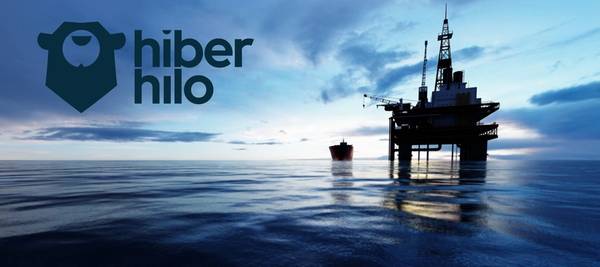
Industrial IoT as-a-service company Hiber has struck a deal with oil major Shell to provide it with access to Hiber's satellite-connected IoT well-monitoring solution.
Hiber describes its tech, called HiberHilo, as an end-to-end IoT solution that makes well monitoring both safer and more data-driven.
HiberHilo uses satellite technology to enable oil and gas companies to measure real-time well temperature and pressure for up to 250 remote and offshore wellheads within a radius of 10km.
"Shell plans to use HiberHilo to reduce the amount of travel to and from wells in remote locations. The solution also allows the company to get more data on their well performance and to monitor well integrity issues more effectively, thereby improving the safety of remote and offshore wells. Shell operations in South-east Asia, the Middle East, and Africa are considering HiberHilo," Hiber said.”
In a statement on Monday, Hiber explained how Shell decided to use HiberHilo. It said:
"Oil and gas wells can last a hundred years, but they don’t last forever. And when a well reaches the end of its life, it needs to go through a decommissioning process to preserve the surrounding area and make sure there is no environmental contamination in the future.
The decommissioning process begins with a one- or two-year diagnostics period before the actual decommission. During this period, engineers gather data about the condition of the well so they can make a plan that eliminates risk after the decommissioning. Engineers need a lot of data during the diagnostics period, but not all of the data can be gathered automatically. To get the information they need, oil and gas companies send teams of engineers out into the field to gather the data.
Shell understood the hassles of decommissioning and knew there had to be a better, safer way. And when the company’s engineers heard about HiberHilo, they figured it was worth testing the solution.
Crew trips are expensive: they can cost anywhere more than $10,000 per trip, depending on the location and the size of the crew. The trips also present a safety risk, which is especially sensitive in an industry committed to a zero-accident rate. And besides the expense and the safety hazards. Because the measurements are done by humans on an infrequent basis, there’s more room for error and a longer response time to any well-integrity issues."


